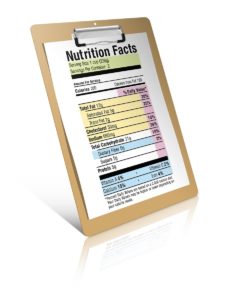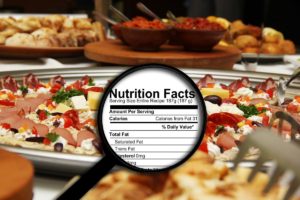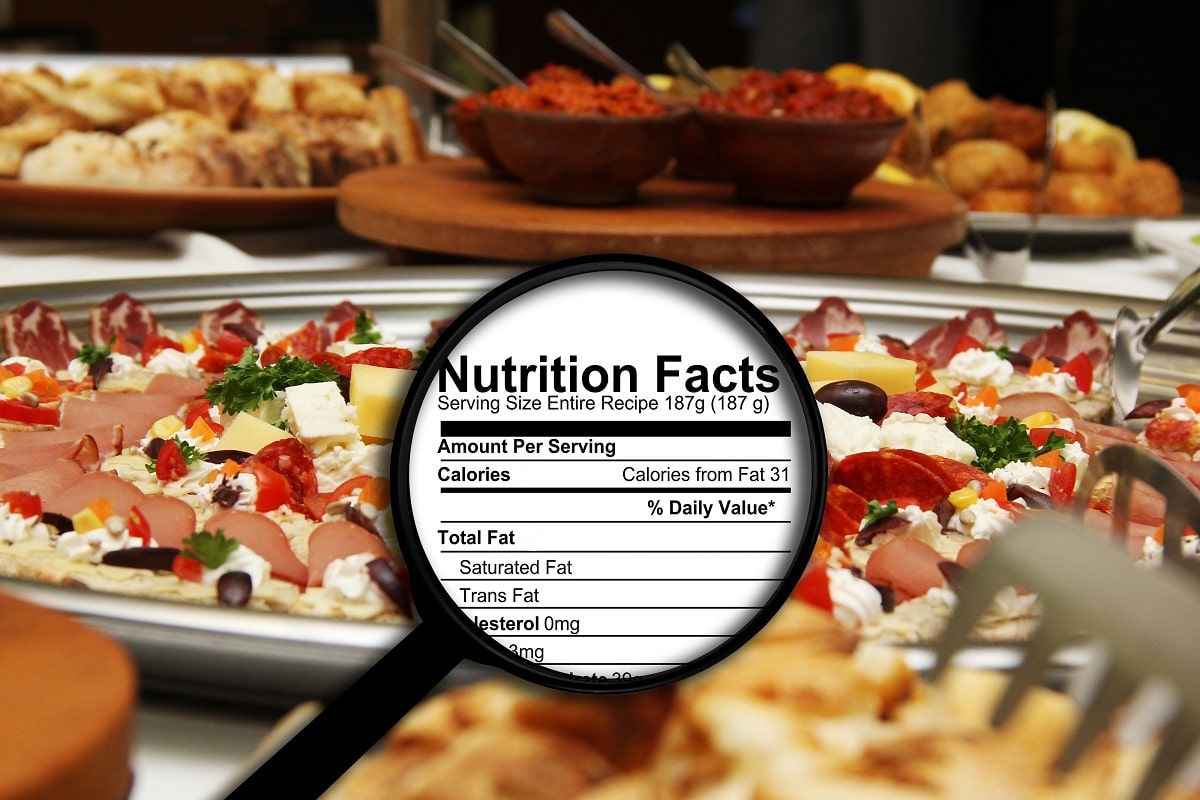Improving Your Health by Understanding Nutrition
Understanding nutrition and food labels can be difficult, so Evexia Family Chiropractic is here to explain further what the labels mean plus so much more. There are several reasons why a person may choose to look at the food labels on items they purchase from the local grocery store. No matter what the individual reasons are, it is safe to say that today’s consumers are much more interested in not only what this information is saying about the food, but if this food is something that they should consume if they are looking to improve their health through nutrition.
The following is a more detailed guide designed by Evexia Family to make reading the Nutrition Facts label easier. Learning about and understanding nutrition has so many benefits including the ability to make quick and educated decisions about the right foods for your diet.
Guide to Understanding Nutrition
In this guide, the nutrition label will be divided into four sections. Keep in mind that the information contained in these

understanding nutrition facts
sections will vary depending on the type of food or beverage product. However, all nutrition labels contain the same general information such as:
– Serving size
– Calories
– Nutrient information
Typically, the bottom part of the label contains a brief footnote that further explains the number of calories and the %DV (Daily Value) to provide additional nutritional information.
Serving Size
When someone is looking at a nutrition label, one of the first things that they should look at is the serving size. When understanding nutrition, it is also important to see how many servings are contained in the package.
Serving sizes are usually standard so that it is easier for consumers to make comparisons to other foods or beverages. In other words, in the United States, for example, serving sizes are displayed in measurement units such as pieces or cups. The metric information usually follows (e.g., (g) or the number of grams).
Remember, the serving size is reflective of the amount of the food or beverage that the typical person consumes at one time.
Calories
Calories are a measure of the amount of energy that a person will get from consuming one serving of the food or beverage. The process of understanding nutrition involves math. For example, if you are looking at the nutrition label for a frozen food dinner, it may state that there are 230 calories in one serving. If there are 4 total servings in the package and a person eats the entire package, that is a total of 920 calories consumed.
At its core, weight loss and maintenance is about calories in versus calories out. So, if a person wants to maintain their weight in a healthy range, they will need to understand the balance between the number of calories that they consume with the number of calories that their bodies use every day.
Even though most experts recommend consuming 2,000 calories each day, the amount someone actually needs depends on factors such as their:
– Age
– Sex
– Weight
– Physical activity
To sum it up, the total amount of servings that someone eats and drinks will determine the number of calories that they have consumed. If they eat more calories than their body needs, there is an increased risk of obesity.
Nutrients

tips for understanding nutrition
Nutrition Facts labels also contain information about the main nutrients that are in the food or drink and how these nutrients can make an impact on someone’s health.
The labels can be used to improve a person’s dietary needs. A person can look for foods that contain high amounts of the nutrients that they need or want in their diet while eating less of the foods that have the nutrients they want to reduce or eliminate from their diet.
Some of the nutrients that everyone should consume less of are:
– Sodium
– Saturated Fat
– Refined added sugars
These nutrients are often associated with affecting people’s health adversely, and most Americans consume more of these nutrients than they should. For example, a diet high in sodium and saturated fat can increase the risk of health conditions such as high blood pressure and cardiovascular disease. Consuming a lot of sugar can make it more difficult for a person to stay at a healthy weight.
More About % Daily Values and Understanding Nutrition
The %DV (% Daily Value) is the percentage each nutrient has in regards to the Daily Value in one serving. These values are referenced in measurements like grams, milligrams, and micrograms.
Additionally, this percentage allows a person to determine if the serving is too high or too low in a specific nutrient.
Fortunately, consumers do not need to be math scholars to calculate these percentages. Each nutrient is placed on a %DV scale from 0 to 100. However, the column on the label will not add up to 100%. The percentage is simply the Daily Value for every nutrient that is in a single serving.
%DV Guidelines

what are nutrition labels
With that said, here are some guidelines to make it a little easier.
– Choose foods that have a %DV high in Potassium, Calcium, Dietary Fiber and Iron.
– Choose foods that have a %DV low in Added Sugars, Sodium and Saturated Fat.
The %DV can also be used to compare different food products. The serving sizes should be the same.
Furthermore, the % Daily Values can be used to distinguish specific claims from certain food and drink manufacturers. For example, if a food or drink is being advertised as ‘low’, ‘reduced’ or ‘light’, a quick comparison of the %DV for each product will let a consumer know for sure which product is as it claims to be.
Daily Values are used to determine how these values relate not only to %DVs but how they relate to dietary and health guidance. Nutrients that are considered to be upper limits are nutrients that consumers should eat less than the recommended Daily Value.
Saturated fat has a DV of 20 g based on a 2000 calorie diet. This equals 100% of the DV. So, many dieticians and nutritionists would advise eating fewer than 20 g of saturated fat each day.
On the other hand, dietary fiber has a DV of 28g. 28 g of dietary fiber equals 100% of the DV. Dietary fiber falls under the category of ‘eat at least’ this much.
Trans Fats and Sugars
Trans Fats and sugars do not have a %DV. Experts could not offer a reference point value for trans fats. The FDA believes this nutrient is not sufficient enough to be on a nutrition label because of its association with cardiovascular disease and high cholesterol.
The FDA also banned food and beverage manufacturers from using trans fats in the country’s food supply. This ban occurred in 2018.
Sugar does not have a %DV on nutrition labels because, once again, the FDA does not believe that there are no recommended amounts of added sugar a person should safely consume each day.
Final Thoughts on Understanding Nutrition
Evexia Family hopes this guide helps you get started to understanding nutrition. Nutrition labels provide transparency and honesty for people who want to ensure they are consuming the best foods and drinks for their health. These labels provide an easy way to access the information consumers can use to improve their health. To take understanding nutrition further, Evexia Family Chiropractic is just a click away. Visit our website to learn more about health and well-being, along with what chiropractic care and functional medicine can do for you.

